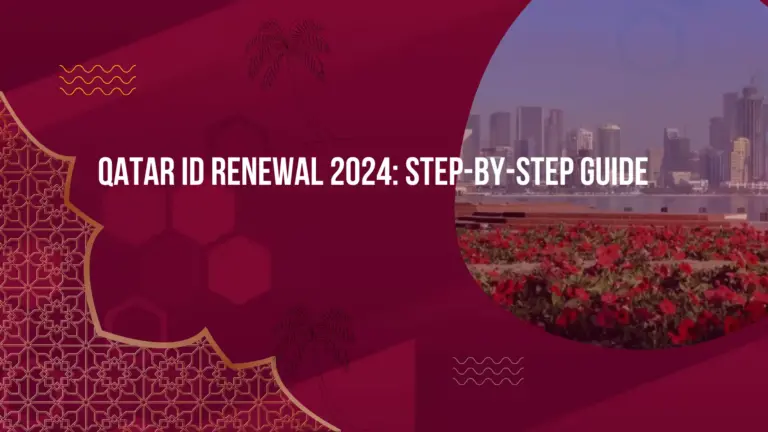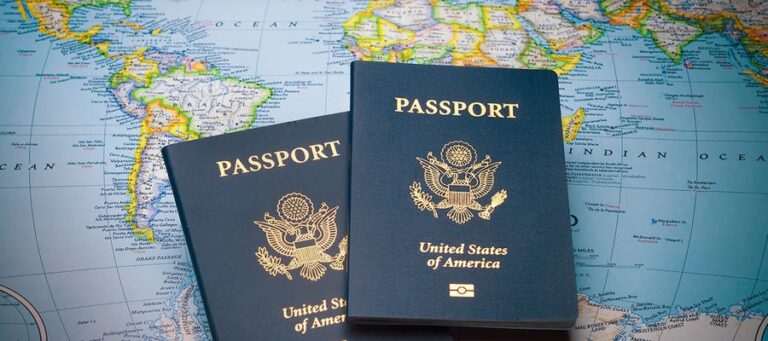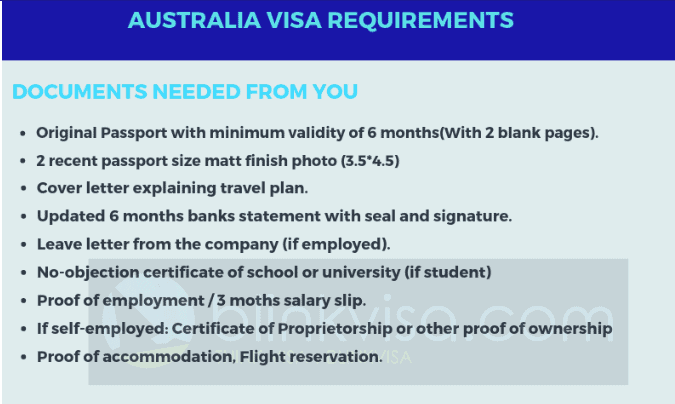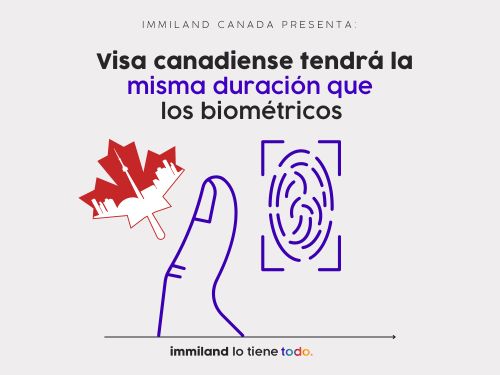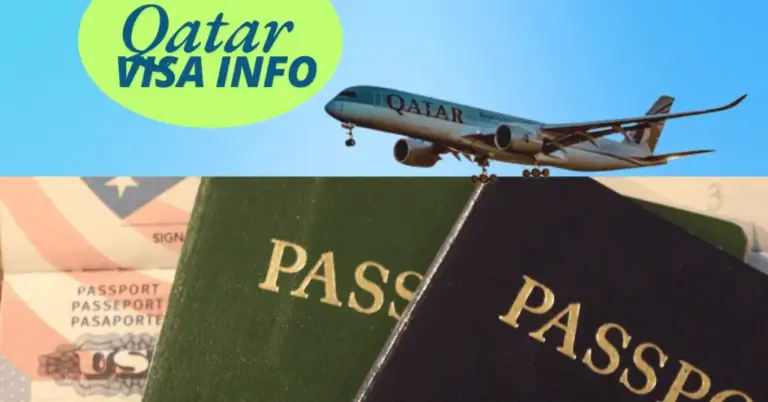From Your Pocket to Passports: Exploring Indian Visa Fees
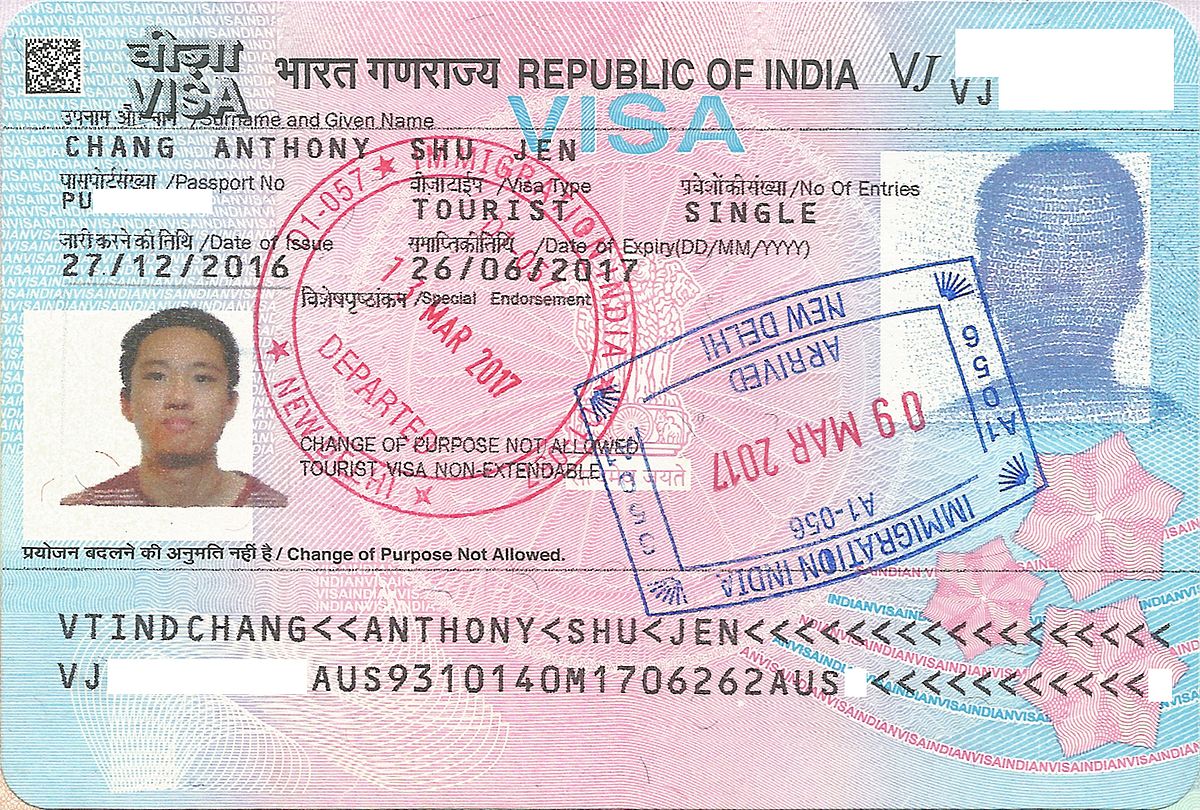
Understanding Indian Visas
Before applying for an Indian visa, it’s essential to understand the different types of visas available and the respective duration and restrictions associated with each. This knowledge will help you choose the most suitable visa category based on your travel plans.
Types of Indian Visas
India offers various visas tailored to different purposes of travel. Familiarize yourself with the following common types of Indian visas:
Tourist Visa
- Ideal for leisure travel.
- The 5-year visa costs approximately 160 USD, allowing multiple 90-day visits to India (BankBazaar).
- Valid for 180 days in a calendar year on a single entry, with no entry via land routes.
- Check out our guide on the Indian tourist visa.
Business Visa
- For those visiting India for business purposes.
- It allows multiple entries with extended validity.
- Explore further information on Indian business visa.
Medical Visa
- For individuals seeking medical treatment in India.
- It includes a provision for additional entries.
- Visit our article on Indian medical visa.
e-Visa
- The e-visa categories include e-Tourist, e-Business, and e-Medical visas.
- The 30-day e-Tourist Visa (July to March) costs US$ 25.00, and from April to June, US$ 10.00. A one-year e-Tourist Visa costs US$ 40.00, and a five-year e-Tourist Visa costs US$ 80.00 (Consulate General of India, San Francisco).
Duration and Restrictions
Each type of Indian visa comes with its own set of durations and restrictions. Below is a summary:
| Visa Type | Duration | Restrictions |
|---|---|---|
| Tourist Visa | Up to 5 years | Max stay of 180 days/year, no entry via land routes |
| Business Visa | 1 to 5 years | Must engage in specified business activities |
| Medical Visa | Duration of treatment | Entry limited to hospitals recognized by the Government |
| e-Tourist Visa | 30 days, 1 year, or 5 years | Max stay of 180 days/year, no entry via land routes, fees vary |
Ensure you adhere to the limitations specific to your visa to avoid any legal complications during your stay in India. More detailed information and steps for the Indian visa application process are available on our website. For specifics on the Indian visa requirements, visit the designated sections. Remember to keep updated on the fee structures and application guidelines for a seamless experience.
For any queries or assistance, check out our Indian visa helpline or visit the Indian visa documents checklist.
Indian Visa Fees
Fee Breakdown
Understanding the costs associated with obtaining an Indian visa is essential for planning your travel budget effectively. Here is a detailed breakdown of the various fees:
| Visa Type | Duration | Fees (USD) |
|---|---|---|
| Tourist Visa (5 years) | Multiple 90-day visits | 160 |
| Tourist Visa (10 years) | Multiple 90-day visits | 160 |
| Normal e-Visa | Single Entry | ₹5,500 |
| Urgent e-Visa | Single Entry | ₹6,300 |
| Super Urgent e-Visa | Single Entry | ₹7,900 |
These fees are subject to change and it is always advisable to check the latest information on the official website or consult the Indian Visa Helpline. For more specific visa types such as Indian Business Visa and Indian Medical Visa, additional fees may apply.
Exemptions for Specific Nationalities
Certain nationalities are exempt from Indian government visa fees. Here is a table listing some of these exemptions:
| Nationalities Exempted | Details |
|---|---|
| Cook Islands | Fee Exempt |
| Mauritius | Fee Exempt |
| South Africa | Fee Exempt |
However, the e-Visa government fee varies depending on the applicant’s nationality. For example, applicants from countries like Singapore and Sri Lanka pay around ₹2,000, while applicants from Russia, the UK, Ukraine, Mozambique, and the USA might pay up to ₹6,000.
For more detailed information on visa exemptions and specific nationalities, refer to our article on Indian Visa Requirements.
Payment Process and Considerations
Paying your Indian visa fees involves several steps and considerations to ensure a smooth application process:
- Payment Methods: Most applications allow payments via credit/debit cards or other online banking options.
- Bank Charges: Bank transaction charges of 2.5% are applicable on the e-Visa fees (Consulate General of India, San Francisco).
- Non-Refundable Fee: Once submitted, the visa fee is non-refundable irrespective of the visa’s approval status. This fee is for processing the application, not for the approval or rejection of the Electronic Travel Authorization (ETA).
- Payment Timeline: Ensure the fee is paid at least 4 days before your intended travel date. Failure to do so may result in the application not being processed.
For step-by-step guidance on paying your fees and completing your application, consult our Indian Visa Application Process section for more details.
By understanding these various elements of the Indian visa fee structure, you can budget accordingly and avoid any unexpected surprises during your travel planning. For those interested in exploring more about e-Visas, head over to our detailed section on Indian e-Visa Process.
Processing Indian Visas
Navigating the process for obtaining an Indian visa can be simplified by understanding the application timeline and the detailed steps involved. This section provides a thorough overview to assist you in securing your visa efficiently.
Application Timeline
The Indian Mission/Post typically requires a minimum of three working days to process visa applications and issue the visa, though this can vary based on nationality and specific circumstances (Indian Visa Online). Here’s a general timeline to keep in mind:
| Processing Stage | Estimated Time |
|---|---|
| Application Submission | Immediate |
| Document Review | 1-2 Working Days |
| Approval and Issuance | 1-3 Working Days |
For US citizens, the Government of India has restored long-term 10-year tourist visas and 5-year e-visas (Consulate General of India, San Francisco).
Visa Processing Details
The visa processing details involve a series of steps designed to verify your eligibility and credentials. Here’s a breakdown:
-
Submission of Application: Begin by filling out the required visa application form. Ensure that all details are accurate and complete. For a comprehensive guide, refer to our page on indian visa application process.
-
Document Verification: Submit necessary documents as specified in the indian visa documents checklist. Common documents include your passport, photographs, and proof of residence.
-
Fee Payment: Pay the relevant visa fees using the accepted modes of payment. Detailed information about visa fees can be found in the Indian visa fees section.
-
Biometric Enrollment: In some cases, biometric data like fingerprints and photographs may be required. Ensure that this step is completed at designated centers.
-
Approval and Issuance: Once your application is approved, the visa will be stamped in your passport or an electronic visa (e-Visa) will be sent via email.
During this phase, you might also need to consider additional services like urgent processing. The service fee can vary based on the urgency; for instance, an urgent visa costs around ₹6,300, while a super urgent visa is approximately ₹7,900.
Always monitor your application status online and stay informed about any updates or requirements. For tips on accelerating the process, read our article on indian visa processing time.
Understanding these details ensures you are well-prepared to secure your Indian visa efficiently, whether for tourism, business, or other purposes. For more information on the types of visas available, visit our guide on types of indian visas.
e-Visa Details
Understanding the specifics of e-Visas is essential for anyone planning to visit India. The e-Visa system offers various categories, making it convenient for different types of travelers.
e-Visa Categories and Fees
The Government of India offers a wide range of visa categories including Transit Visa, Tourist Visa, Business Visa, Student Visa, and more. The service fee for an Indian visa varies based on the urgency of processing (Indianvisaonline.gov.in).
| e-Visa Type | Fee (₹) |
|---|---|
| Normal e-Visa | 5,500 |
| Urgent e-Visa | 6,300 |
| Super Urgent e-Visa | 7,900 |
| Group Discount (10+ applicants) | 4,400/applicant |
| Small Group (2 applicants) | 5,300/applicant |
Fees courtesy Digit Insurance
Applicants from certain nationalities, such as the Cook Islands, Mauritius, and South Africa, are exempt from government fees. However, there are specific fees for other nationalities:
| Nationality | Fee (₹) |
|---|---|
| Singapore, Sri Lanka | 2,000 |
| Russia, UK, USA | 6,000 |
Figures courtesy Digit Insurance
Bank Transaction Charges
While paying the e-Visa fees, you may incur additional bank transaction charges. These charges can vary based on the payment method and the bank used. It’s advisable to check with your bank for detailed information on these charges. Keep in mind that the e-Visa fee, once submitted, is non-refundable.
Application and Payment Process
Completing the e-Visa application and making the payment should take about 10 to 15 minutes. It is crucial that you fill the application yourself and provide accurate information in each column. Inaccurate information can lead to delays or rejections.
- Visit the e-Visa website: Log onto the official e-Visa portal.
- Select the Visa Type: Choose the appropriate visa category based on your purpose of travel.
- Fill in the Application: Complete the application form with correct details.
- Upload Documents: Ensure you meet the Indian visa photo requirements and other documentation.
- Pay the Fee: Make the payment using your preferred method. Check the status on the payment status updates link.
For further details on the entire process, refer to our article on the Indian e-Visa process and guidelines on applying for an Indian visa online.
Application Guidelines
Navigating the application process for an Indian e-visa can be straightforward if you follow these guidelines on completing the application, monitoring payment status, and ensuring accuracy.
Completing the e-Visa Application
Completing the e-visa application is a crucial step in securing your travel authorization. The process typically takes about 10 to 15 minutes and should be done by the applicant themselves to ensure all information is accurate. Here are some key steps:
-
Gather Required Documents: Ensure you have all necessary documents like a valid passport, recent photograph, and itinerary details handy. For specific documents, refer to the Indian visa documents checklist.
-
Visit the Official e-Visa Website: Use the official Indian government portal to avoid any scams or unauthorized services for applying for an Indian visa online.
-
Fill in Personal Details: Enter your full name, address, passport information, and travel details correctly in the application form.
-
Upload Documents: Upload your photograph and passport as per the Indian visa photo requirements.
-
Review and Submit: Double-check all entered information for accuracy before final submission.
Properly completing the e-visa application ensures a smooth processing experience and reduces chances of delays or rejections.
Payment Status Updates
After submitting your application, keeping track of your payment status is essential. The e-visa fee once submitted is non-refundable (Consulate General of India, San Francisco), so make sure you monitor the payment updates frequently:
-
Payment Confirmation: Post-submission, the payment status may take up to 2 hours to update due to technical issues or network delays. It is advisable to wait patiently during this time (Consulate General of India, San Francisco).
-
Regular Checks: Check the status on the e-visa portal using your application ID.
Application Duration and Accuracy
Accuracy in your application is paramount. Errors can lead to delays or rejection. Here’s how to ensure a precise and efficient application process:
-
Time Management: Allocate 10 to 15 minutes to fill out the application carefully (Consulate General of India, San Francisco).
-
Double-Check Information: Verify all details, such as your name, passport number, and travel dates, are entered correctly.
-
Correct Details: Any mistake in the application can cause processing delays. Ensure all columns are filled correctly.
By adhering to these guidelines, you can avoid common pitfalls and streamline your application process. For more detailed instructions, visit our page on the Indian e-visa process.

